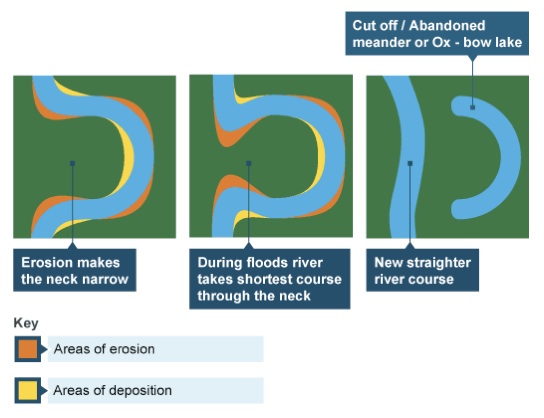
MEANDER DIAGRAM SERIES
2000).Ī meandering stream is an alluvial stream characterized in plan form by a series of pronounced alternating bends in which the shape of these bends is the result of alluvial processes (U.S. Hence, river restoration methods using vegetation on the bank have become one of the most important and popular advances in river engineering within recent years (Pirim et al. To mitigate this erosion, protection works need to be undertaken to reduce the potential for bank erosion. The banks of many rivers are subject to erosion arising from high bed shear stresses at the outer bank. As a result, finding an efficient method of bank protection is important and is the focus of this study. However, little is known about bank dynamics in meandering rivers and its implications for meander migration. ( 2011) and Esfahani and Keshavarzi ( 2011, 2013) has highlighted the importance of river restoration techniques for river management. Recent research by, for example, Ferreira da Silva ( 2006), Abad and Garcia ( 2009), Chen and Tang ( 2012), Engel and Rhoads ( 2012), Esfahani et al. The banks of river bends are most vulnerable to scouring, therefore enhanced protection is required for restoration. The above findings are useful in river training works and, in particular, for restoration of meandering rivers.īank protection against scouring is a very expensive task in river management and river training works. It was found that Johannesson and Parker’s model (JPM) gave the lowest value of standard error. The results of this study were compared with previously proposed models for predicting the vertical distribution of the streamwise velocity at the bend apex. Finally, comparison of bed topography in vegetated and non-vegetated channels showed that the maximum scour depth at the bend apex was reduced by 77% and 62% for the cases with one row and two rows of vegetation, respectively. Also, the mass fluxes increased from the outer bank to the inner bank and from the upstream towards the downstream of the bend. Furthermore, the presence of vegetation was found to increase the uniformity of the distribution of turbulence intensity and to reduce the Reynolds shear stress along the test section.

Additionally, the cross-sectional kinetic energy increased from 0.05% for the fixed-bed test to 4.30% for the test with a double row of vegetation.

Analysis of the flow characteristics indicated that when the bed was mobile with vegetation on the inner bank, the core of maximum streamwise velocity shifted towards the centreline of the bend. A series of experimental tests were carried out with a fixed bed and non-vegetated and vegetated moveable beds with different vegetation patterns. The experimental tests were conducted in a laboratory flume under clear water flow conditions. The experimental study focused on the effect of vegetation on bed topography in a mild-curved meander bend. In this study, the effect of single and double row piles for reducing scouring in a mild-curved river meander was studied experimentally.


 0 kommentar(er)
0 kommentar(er)
